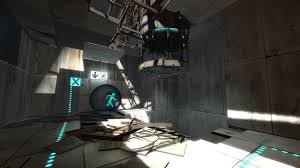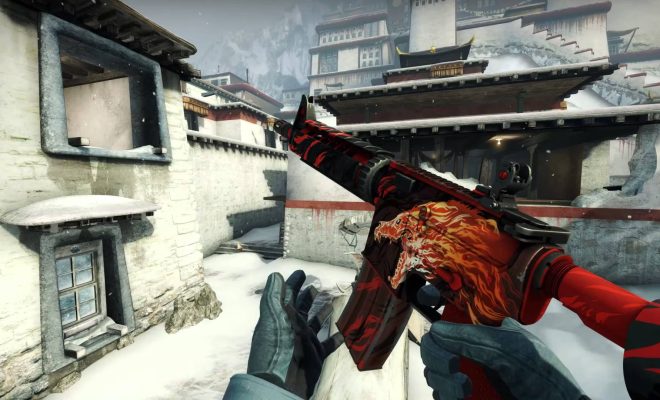Classes and Skills – Mastering Your Hero in Diablo 3

The Nephalem Heroes
Diablo 3 offers players a choice of seven distinct character classes, each representing a different aspect of the nephalem’s power. These classes are:
- Barbarian
- Demon Hunter
- Monk
- Witch Doctor
- Wizard
- Crusader (added in Reaper of Souls)
- Necromancer (added as DLC)
Each class brings unique abilities, playstyles, and thematic elements to the game, allowing players to find a hero that resonates with their preferred approach to combat.
The Skill System
One of Diablo 3’s most significant departures from its predecessors is its flexible skill system. Unlike the permanent skill trees of Diablo 2, Diablo 3 allows players to freely switch between skills without penalty, encouraging experimentation and adaptation.
Skill Categories
Each class has skills divided into six categories:
- Primary
- Secondary
- Defensive
- Techniques
- Focus
- Conjuration (names vary by class)
Players can have one skill from each category active at a time, with a total of six active skills available during gameplay.
Runes
Each skill can be modified with one of five runes, unlocked as the player levels up. These runes can dramatically alter the behavior of skills, adding effects like area-of-effect damage, resource generation, or completely changing the skill’s functionality.
Class Overviews
Barbarian
The Barbarian is a melee powerhouse, using brute force and mighty weapons to crush enemies. Key skills include:
- Whirlwind: Spin through enemies, dealing damage to all nearby foes.
- Wrath of the Berserker: Enter a frenzied state, increasing damage and critical hit chance.
- Leap: Jump into the fray, stunning enemies on landing.
Demon Hunter
Masters of ranged combat, Demon Hunters use bows, crossbows, and dark magic to vanquish evil. Notable skills:
- Multishot: Fire a volley of arrows, hitting multiple enemies.
- Sentry: Deploy turrets that automatically attack enemies.
- Vengeance: Transform into a dark angel, enhancing all abilities.
Monk
Monks are sacred warriors who use martial arts and holy magic. Key abilities include:
- Seven-Sided Strike: Teleport between enemies, striking seven times in rapid succession.
- Epiphany: Enter a state of enlightenment, increasing attack speed and allowing teleportation.
- Mystic Ally: Summon a spiritual companion to fight alongside you.
Witch Doctor
Witch Doctors command the powers of nature and the undead. Signature skills:
- Summon Zombie Dogs: Call forth zombified canines to attack enemies.
- Spirit Walk: Become invisible and invulnerable for a short time.
- Fetish Army: Summon a horde of fetish warriors to overwhelm foes.
Wizard
Masters of the arcane, Wizards wield powerful elemental magic. Key spells:
- Disintegrate: Channel a beam of pure energy, melting through enemy lines.
- Archon: Transform into a being of pure arcane energy, enhancing all abilities.
- Teleport: Instantly move to a new location, evading danger or closing in on enemies.
Crusader
Holy warriors clad in heavy armor, Crusaders bring righteous fury to the battlefield. Notable skills:
- Fist of the Heavens: Call down a bolt of holy lightning.
- Akarat’s Champion: Transform into an avatar of holy power, enhancing abilities.
- Condemn: Create an explosion of holy energy around the Crusader.
Necromancer
Masters of death magic, Necromancers command armies of the dead. Key abilities:
- Skeletal Mage: Summon a powerful undead mage to fight for you.
- Army of the Dead: Call forth a massive army of skeletons to overwhelm enemies.
- Simulacrum: Create a clone of the Necromancer that mimics their actions.
Passive Skills
In addition to active skills, each class has a selection of passive skills that provide constant bonuses. Players can choose up to four passive skills (unlocked gradually as they level up), allowing for further customization of their character’s capabilities.
Skill Synergies and Builds
The true depth of Diablo 3’s skill system lies in the combinations and synergies players can create. Popular builds often focus on maximizing the effectiveness of one or two main skills, with other skills and passives chosen to support this core strategy.
For example, a Barbarian might focus on maximizing the effectiveness of Whirlwind, choosing skills and passives that increase movement speed, resource generation, and area-of-effect damage. A Demon Hunter could create a build centered around Multishot, selecting skills and passives that increase hatred generation and area damage.
Adapting to Challenges
The flexibility of the skill system allows players to adapt to different challenges. For instance, a player might swap out a damage-focused skill for a more defensive option when facing a particularly tough boss, or change their build entirely to better handle a specific type of enemy or dungeon layout.
Conclusion
Diablo 3’s class and skill system offers a depth of customization that keeps the game fresh and engaging, even after hundreds of hours of play. The ability to freely experiment with different skill combinations encourages players to find new and creative ways to tackle the game’s challenges. Whether you prefer to wade into battle with a mighty two-handed weapon, rain destruction from afar with powerful spells, or command an army of the undead, Diablo 3 provides the tools to create a hero truly your own. As you progress through the game, mastering your chosen class and discovering powerful skill synergies becomes a rewarding journey in itself, adding another layer of depth to the endless pursuit of loot and glory in the world of Sanctuary.






